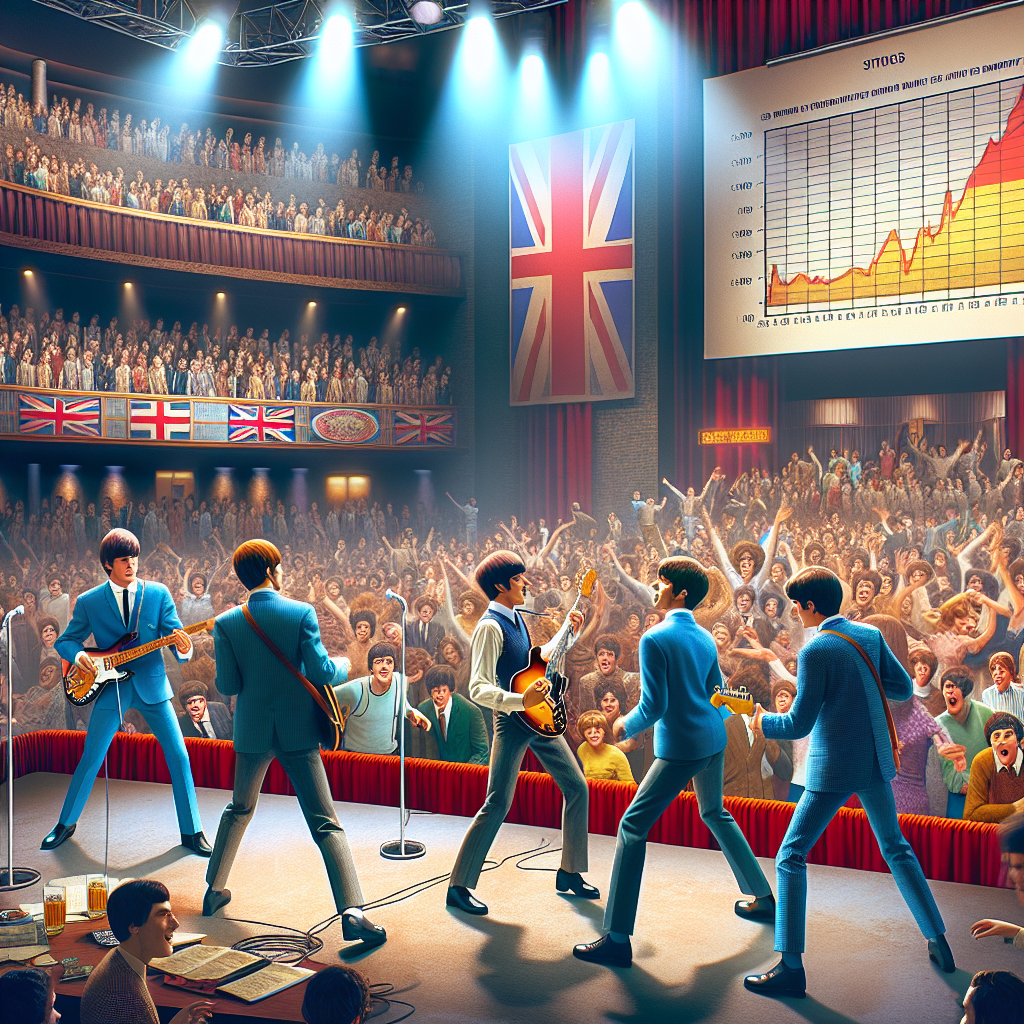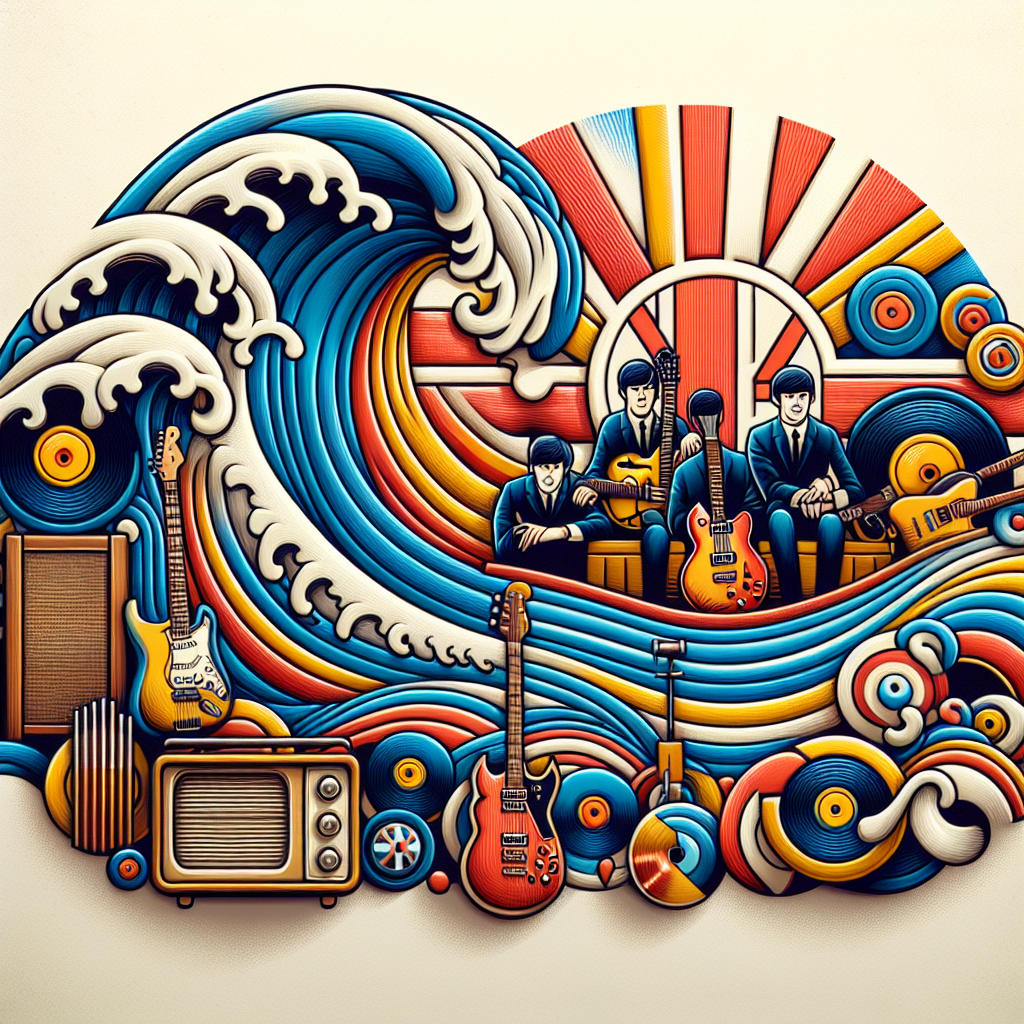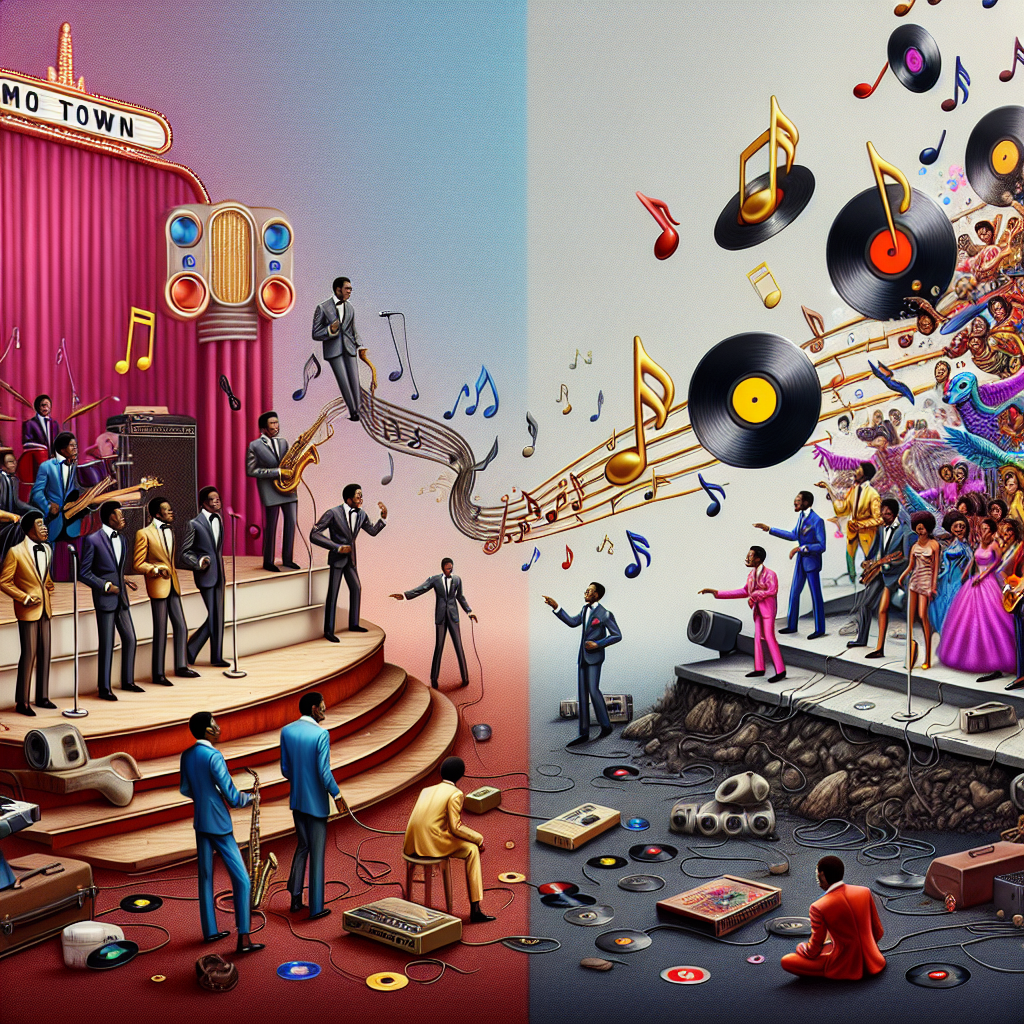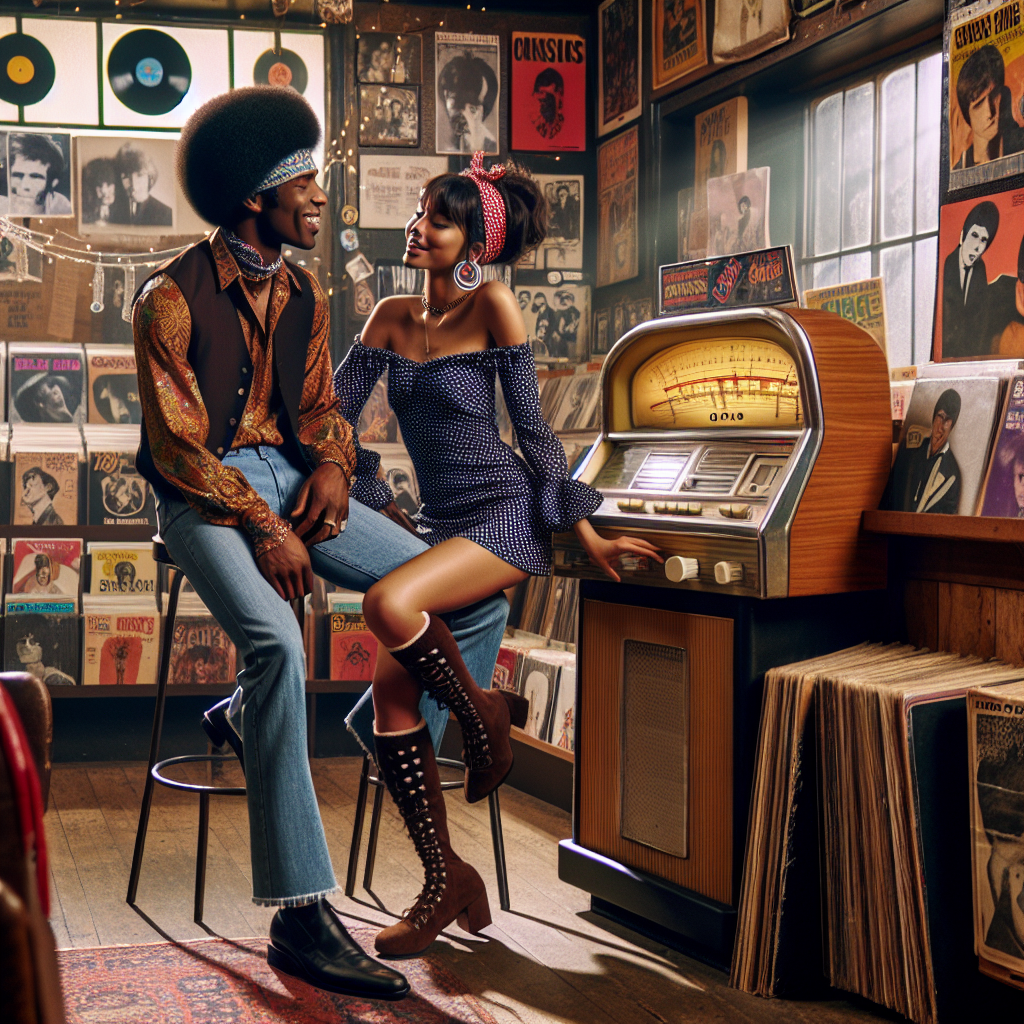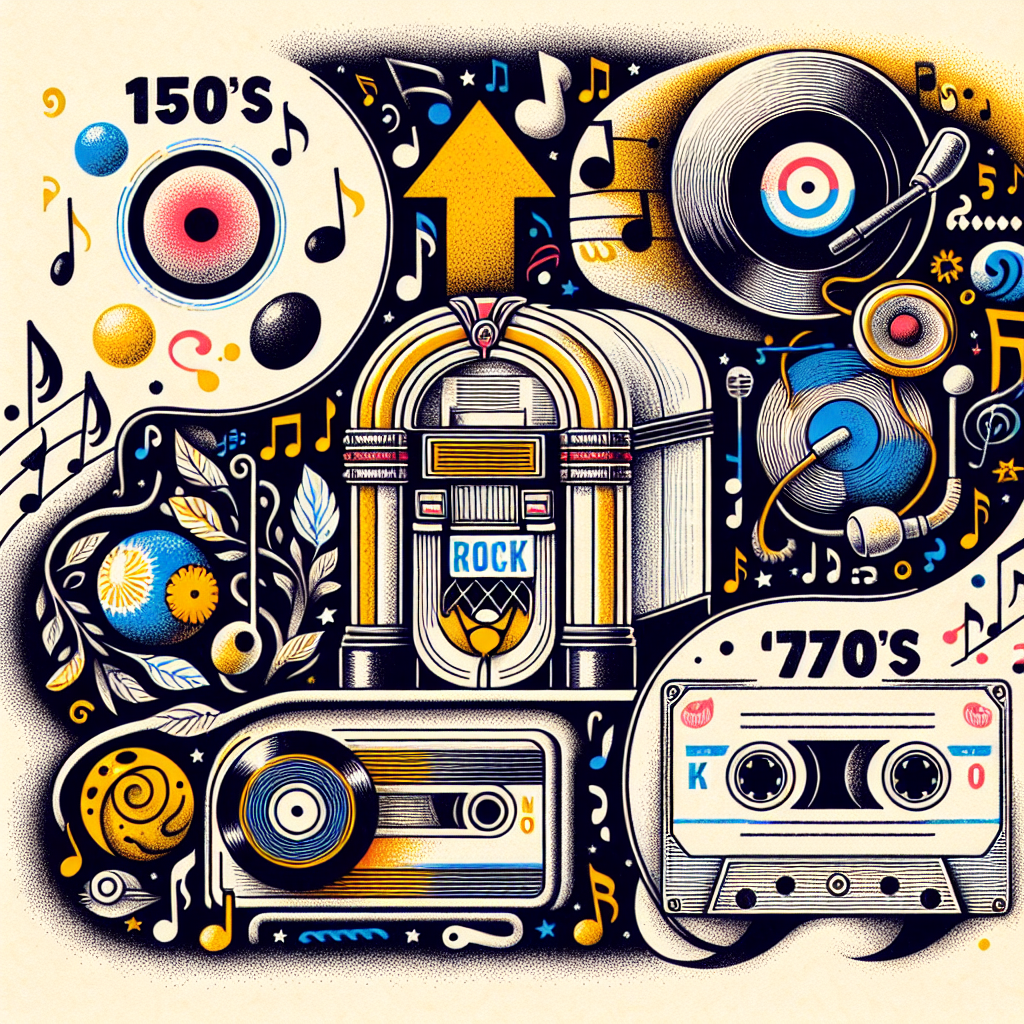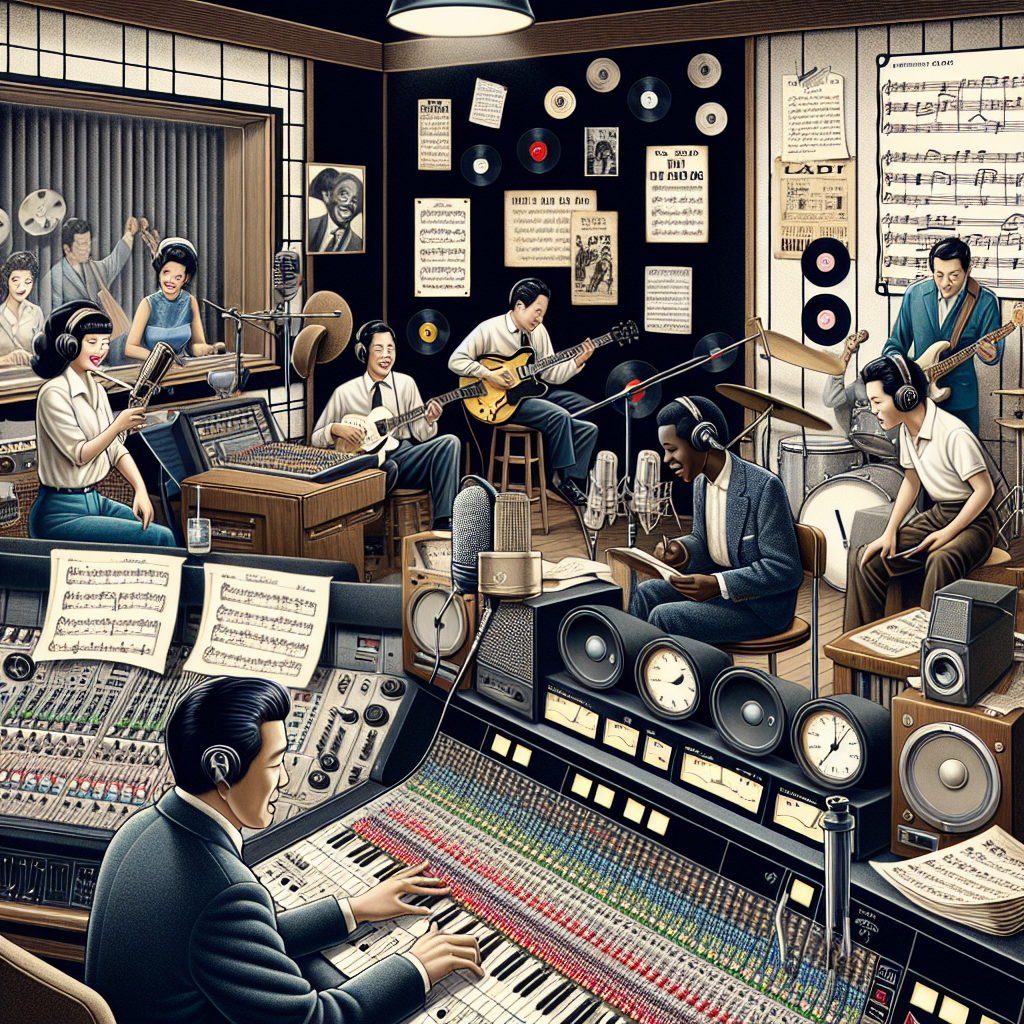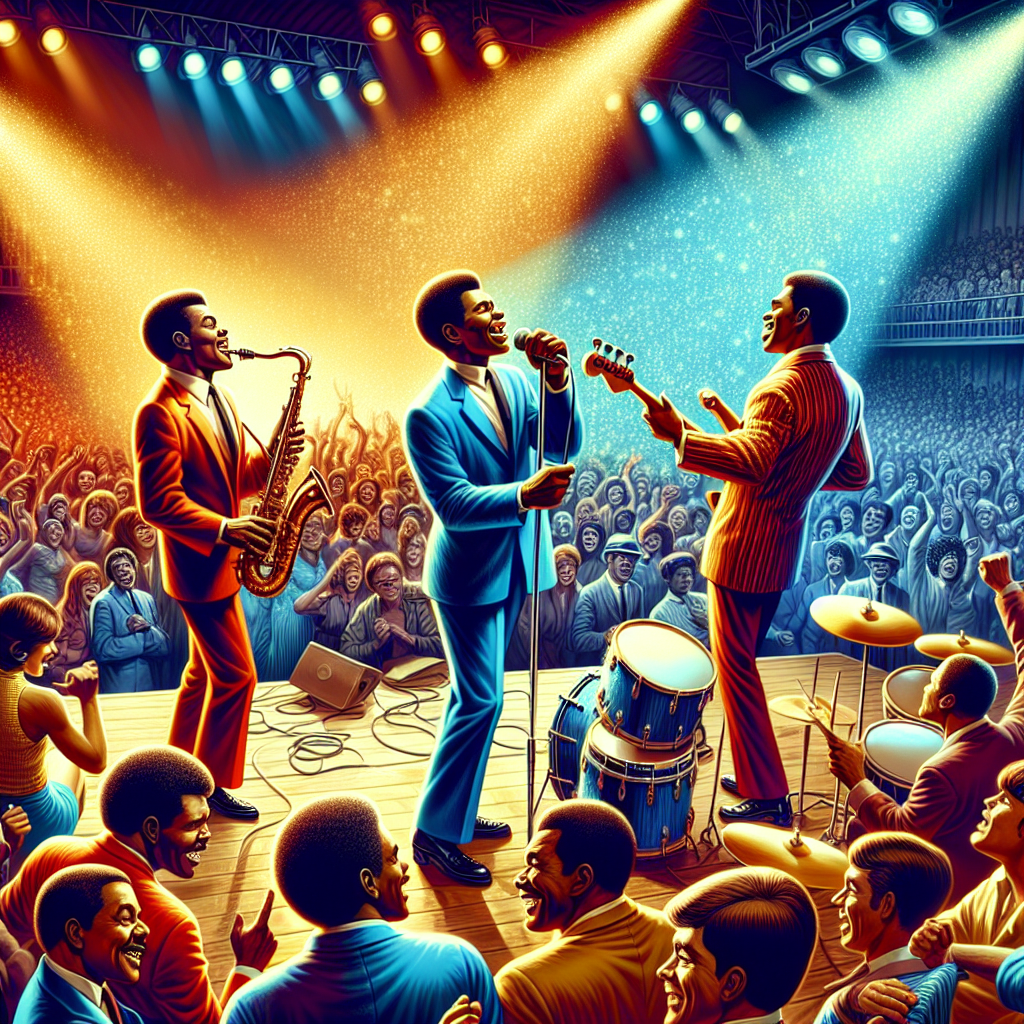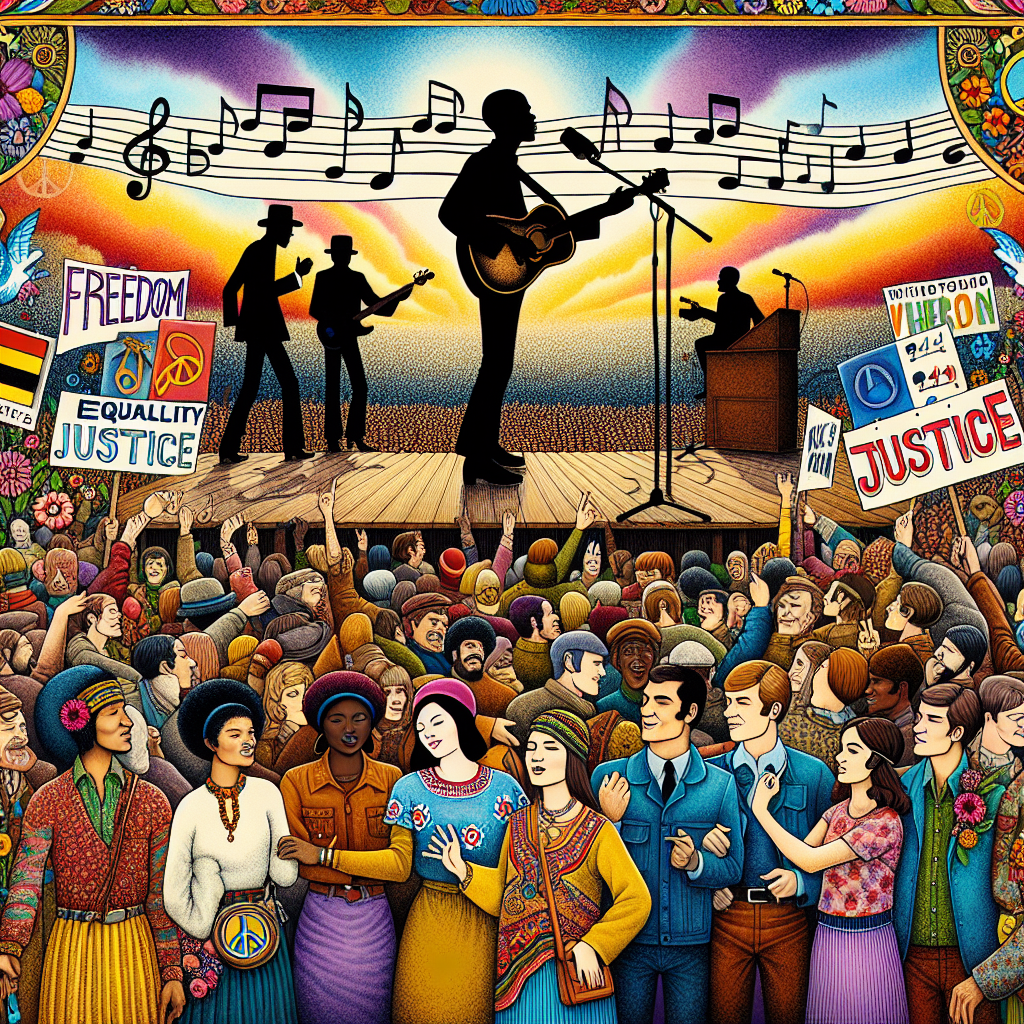In the 1960s, a musical revolution known as The British Invasion took the world by storm. Bands like The Beatles and The Rolling Stones dominated the charts with their catchy tunes and infectious energy, forever changing the landscape of music and popular culture.
The impact of The British Invasion extended far beyond just music. It influenced fashion trends, with young people around the world emulating the stylish looks of their favorite British bands. Politicians even took notice, recognizing the power that these musicians held over their fans and using their popularity to connect with younger voters.
But perhaps most importantly, The British Invasion was a testament to the power of technology in shaping our cultural landscape. Advances in recording technology allowed bands to experiment with new sounds and techniques, leading to groundbreaking albums that are still revered today.
Overall, The British Invasion was a positive force in the world of music and culture. It brought people together from all walks of life, creating a sense of unity and shared experience that transcended borders and boundaries. And while it may have been a product of its time, its influence can still be felt today in the music we listen to and the way we dress.
